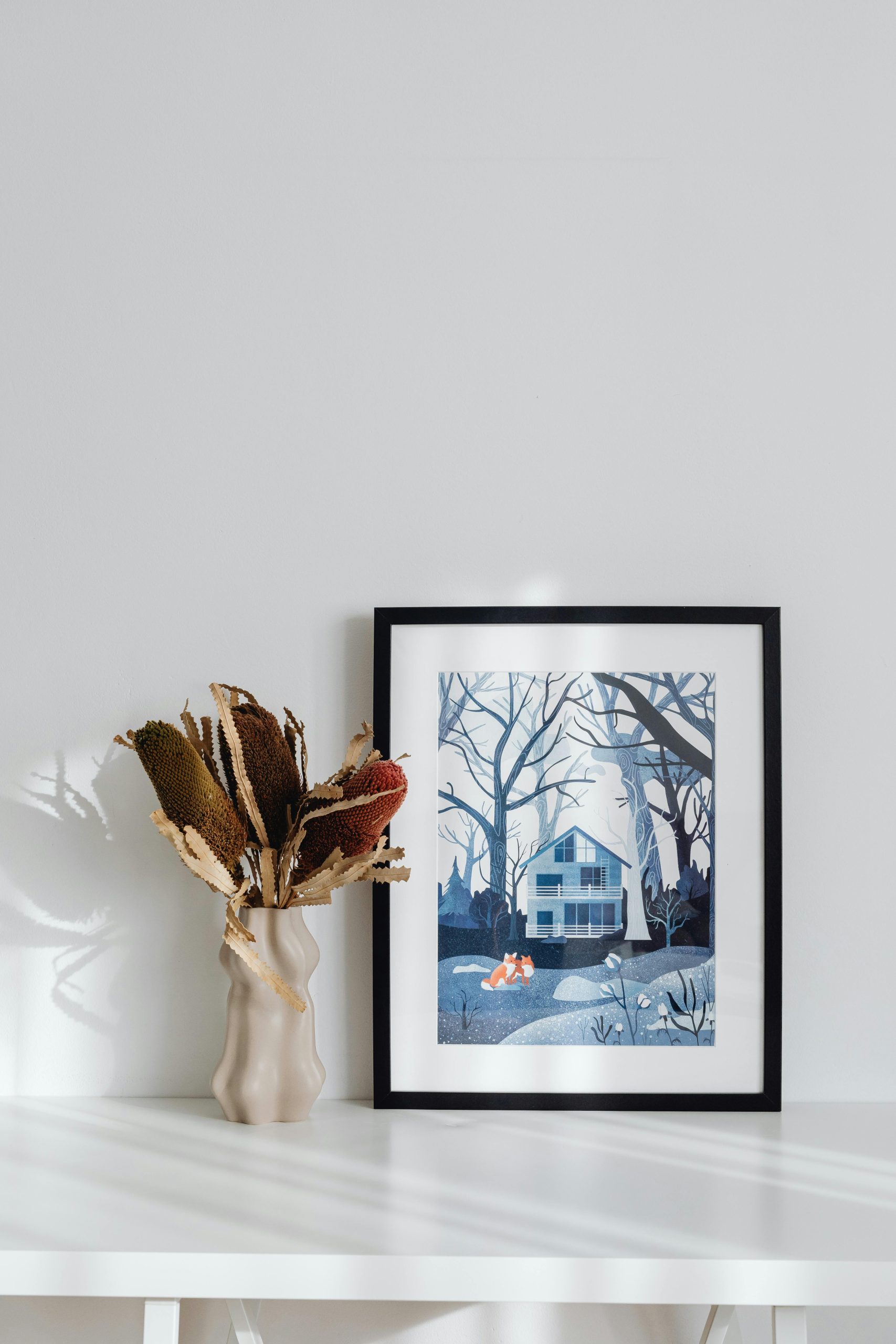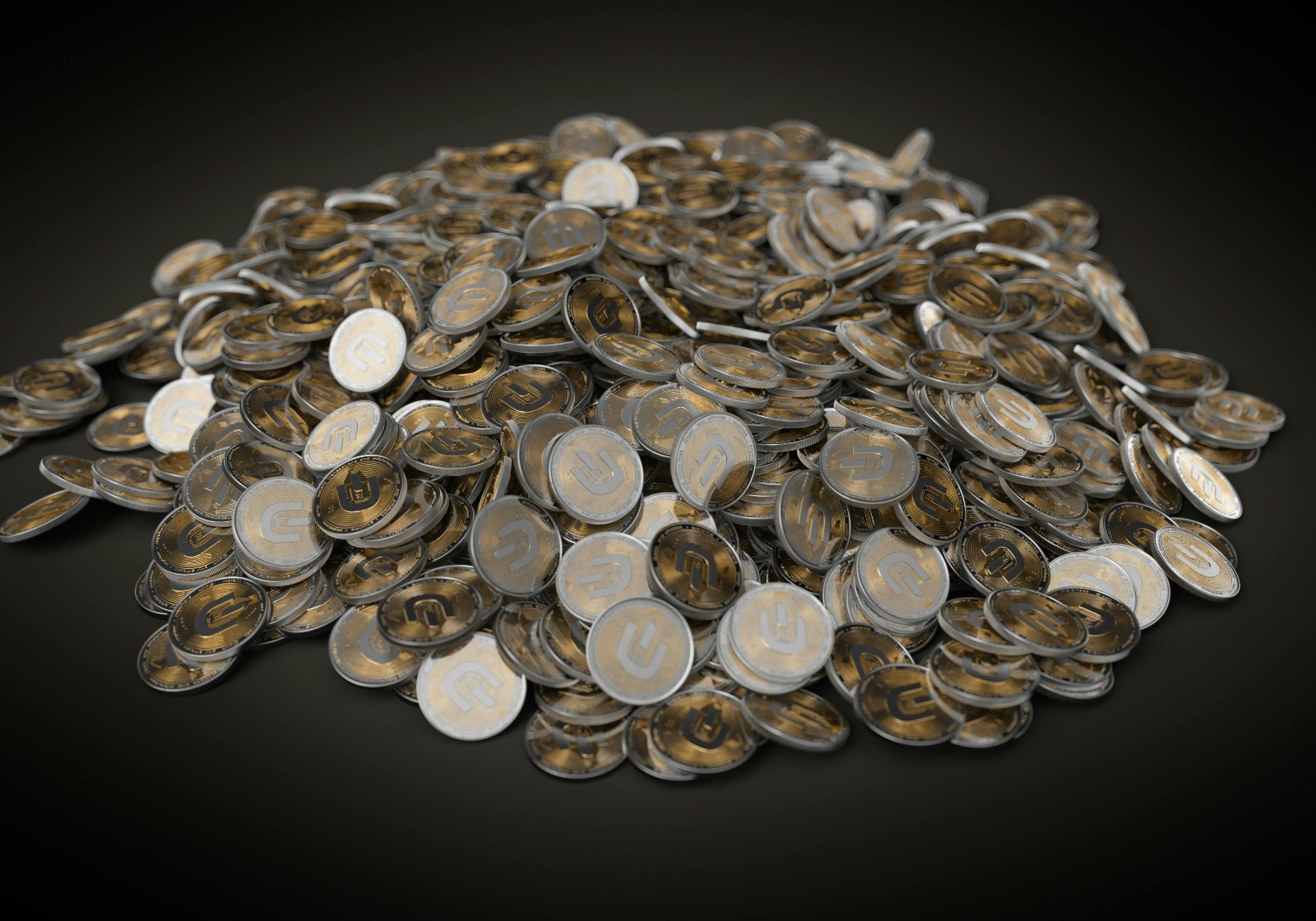When it comes to interior design, few elements have the power to transform a space like Wall Art Decor. Choosing the right pieces can elevate a room, reflect your personality, and create a visually appealing atmosphere. However, mixing and matching wall art requires more than simply hanging your favorite pieces on the wall. To achieve a cohesive look, you need a thoughtful approach that balances style, color, and layout. In this guide, ADS Enterprise Ltd will walk you through expert strategies to combine wall art pieces seamlessly, ensuring your interiors feel harmonious and stylish.
Understanding Your Style and Theme
Before selecting wall art, it’s essential to define the overall style and theme of your space. Your wall art should complement, not clash with, your existing decor.
Identify Your Interior Style
Whether your home is modern, traditional, bohemian, or minimalist, your wall art should reflect that aesthetic. For instance, sleek abstract prints work well in contemporary spaces, while vintage-inspired illustrations enhance a classic or rustic environment. Understanding your style ensures your wall art decor enhances the room instead of creating visual chaos.
Establish a Color Palette
A cohesive color palette is crucial when mixing different pieces of wall art. Choose two to three dominant colors that appear throughout your space and incorporate these shades into your artwork. This approach creates visual unity, even when combining various styles, sizes, and textures.
Choosing Wall Art Pieces
Selecting the right pieces involves more than aesthetics; scale, theme, and texture play critical roles.
Consider Size and Proportion
Large statement pieces can anchor a room, while smaller pieces work well for gallery walls or as accents. Mixing different sizes can add depth, but maintain balance by keeping the arrangement proportional to your wall and furniture layout.
Mix Styles Wisely
Combining contemporary, abstract, and classic pieces can create an eclectic vibe, but avoid overloading the wall with too many contrasting styles. Start with a unifying element such as color, frame type, or subject matter to maintain cohesion.
Include Textures and Mediums
Incorporating diverse mediums like canvas, metal, wood, or fabric adds dimension and interest to your walls. Mixing textures helps create a layered, dynamic display that feels intentional rather than haphazard.
Layout Strategies for a Cohesive Look
How you arrange wall art can make a significant difference in achieving harmony.
Create a Gallery Wall
Gallery walls are a popular method for mixing multiple pieces. Start by selecting a central anchor piece, then arrange smaller artworks around it. Maintain consistent spacing and alignments to keep the arrangement organized. Using templates or paper cutouts of the artwork can help you visualize the layout before hanging.
Use Symmetry and Balance
Symmetrical arrangements create a classic, polished look. Pair artworks of similar size or shape on either side of a central piece. Asymmetrical layouts, when done thoughtfully, can add visual interest without feeling chaotic, but it’s crucial to balance weight and spacing.
Align with Furniture and Architectural Features
Consider the placement of furniture, windows, and architectural elements when arranging wall art. Aligning the artwork with these elements ensures the pieces feel integrated into the space rather than floating randomly on the wall.
Harmonizing Colors and Patterns
Color coordination is key to mixing different pieces effectively.
Stick to a Core Color Scheme
Choose a primary color from your room’s palette and incorporate it across all artwork. Secondary colors can add contrast, but avoid introducing too many hues that compete for attention.
Balance Bold and Neutral Pieces
Mixing bold, vibrant art with more subdued, neutral pieces can prevent overwhelming the space. Bold pieces serve as focal points, while neutral artworks provide breathing room, creating a harmonious display.
Repeating Patterns or Motifs
Repetition of certain patterns or motifs—like florals, geometric shapes, or line art—helps unify diverse pieces. Even if the artwork differs in medium or style, repeated elements can tie the collection together visually.
Choosing Frames and Finishes
Frames are more than protective borders; they play a major role in cohesive wall art decor.
Consistent Frame Styles
Using the same frame material or color across multiple pieces can create unity, even with varied artwork. For a more eclectic feel, consider mixing frame types while keeping a common color or finish.
Play with Matting
Adding mats to your artwork can enhance cohesion, especially for smaller pieces or photographs. Mats can also help integrate artworks with different styles by providing a consistent visual border.
Personal Touches and Unique Elements
Adding personal touches makes your wall art collection feel curated rather than generic.
Incorporate Personal Photography
Family portraits, travel photos, or personal snapshots can add a meaningful layer to your wall art decor. Integrate these pieces with professional artwork by maintaining consistent framing or color themes.
Include Three-Dimensional Elements
Decorative objects like shelves, sculptures, or woven pieces can be combined with traditional wall art to create a more dynamic, tactile display. These elements bring depth and interest to your walls.
Rotate and Update Artworks
Keeping your wall art dynamic by periodically rotating or updating pieces allows you to refresh the space and experiment with new combinations. This practice helps maintain a cohesive yet evolving aesthetic.
Common Mistakes to Avoid
Even with the best intentions, mixing and matching wall art can go wrong if certain pitfalls aren’t avoided.
Overcrowding the Wall
Too many pieces in a small area can feel cluttered. Prioritize quality over quantity and leave negative space to give the artwork room to breathe.
Ignoring Scale and Proportion
Mismatched sizes can disrupt balance. Ensure that artwork complements furniture and wall dimensions.
Clashing Colors or Styles
Even a well-thought-out layout can feel chaotic if colors and styles clash. Use unifying elements such as color, frame, or theme to maintain cohesion.
Conclusion
Mixing and matching wall art decor doesn’t have to be intimidating. By understanding your style, selecting complementary pieces, planning layouts, and harmonizing colors and textures, you can create a visually cohesive and personalized space. Remember that balance, proportion, and unifying elements are key to a polished display. ADS Enterprise Ltd encourages homeowners to experiment thoughtfully, incorporating personal touches and varied mediums to craft walls that are both stylish and meaningful. With these strategies, your walls can become a true reflection of your personality while enhancing the overall elegance of your interiors.



